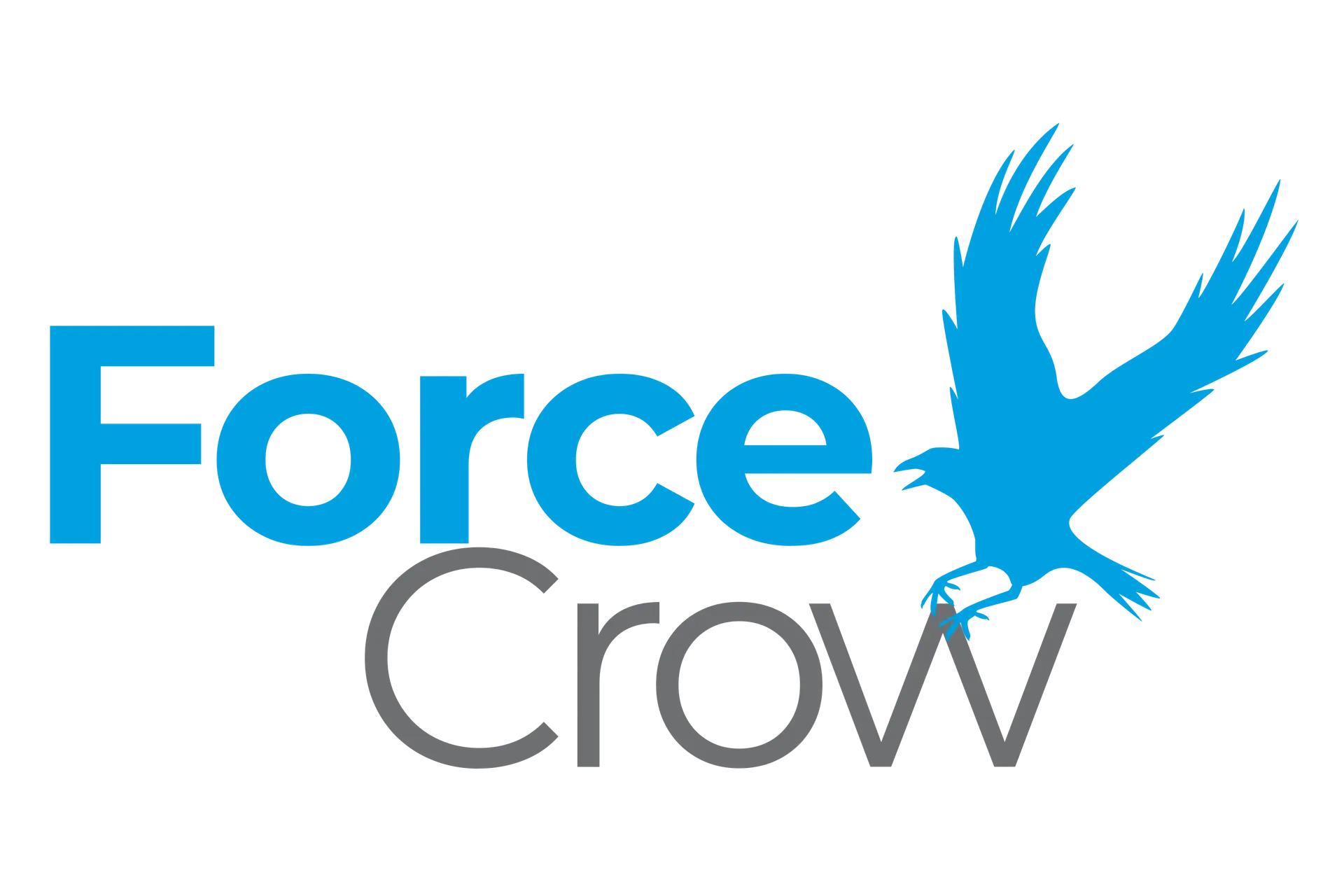In Salesforce (CRM), managing data visibility is crucial for enhancing user experience and maintaining data security. One powerful feature that aids in this is Scoping Rules. Introduced in Salesforce’s Winter ’23 release, Scoping Rules allow administrators to define which records users can see by default, based on specific criteria. This feature is particularly beneficial for organizations aiming to streamline data access and improve user productivity.

Scoping Rules in Salesforce
What Are Scoping Rules?
Salesforce applies Scoping Rules as filters to standard and custom objects to determine the default set of records a user can view. Unlike sharing rules, which grant or restrict access to records, Scoping Rules refine the user’s view by focusing on a subset of records that meet predefined criteria.
Key Features:
- Object-Level Application: You can apply Scoping Rules to standard objects like Account, Case, Contact, Event, Lead, Opportunity, and Task, as well as to custom objects.
- User Criteria: Administrators can define which users the rule applies to, based on roles, profiles, or custom permissions.
- Record Criteria: The rule includes specific records by using field values, formulas, or relationships.
- Default Visibility: When users access list views, reports, or lookups, Salesforce filters the displayed records according to the active Scoping Rule.
How to Create a Scoping Rule in Salesforce
Creating a Scoping Rule involves several steps:
- Navigate to Object Manager: In Salesforce Setup, go to Object Manager and select the object for which you want to create a Scoping Rule.
- Access Scoping Rules: Within the object’s settings, find and click on “Scoping Rules.”
- Create New Rule: Click on “New Rule” to start the creation process.
- Define Rule Details: Enter a name and description for the rule.
- Set User Criteria: Specify which users the rule applies to, using roles, profiles, or custom permissions.
- Set Record Criteria: Define the conditions that records must meet to be included in the rule.
- Activate the Rule: Save and activate the rule to apply it.
It’s important to note that only one Scoping Rule can be active per object for a given user.
Best Practices for Implementing Scoping Rules
To maximize the effectiveness of Scoping Rules, consider the following best practices:
- Test Before Deployment: Always test Scoping Rules in a sandbox environment to ensure they function as expected without unintended consequences.
- Limit Rule Complexity: Keep record criteria simple to avoid performance issues. Complex formulas or relationships can slow down data retrieval.
- Monitor Performance: Regularly review the performance of Scoping Rules, especially in large organizations with vast amounts of data.
- Educate Users: Inform users about the purpose and functionality of Scoping Rules to ensure they understand the data they can access.
Limitations of Scoping Rules
While Scoping Rules are powerful, they come with certain limitations:
- Edition Restrictions: Scoping Rules are available only in Salesforce Performance and Unlimited Editions.
- Field Type Limitations: Scoping Rules don’t support all field types. For instance, they exclude multi-select picklists.
- No Access Restriction: Scoping Rules do not restrict access to records; they only filter the default view. Users can still access other records through direct links or other means.
- Single Rule Per User: A user can have only one active Scoping Rule per object.
Common Use Cases for Scoping Rules
You can apply scoping rules in various scenarios to enhance data visibility.
- Sales Teams: Limit lead and opportunity views to specific regions or industries, ensuring sales representatives focus on relevant prospects.
- Support Teams: Filter case views based on product lines or customer segments, enabling support agents to address issues more efficiently.
- Marketing Teams: Tailor contact and account views to specific demographics or engagement criteria, facilitating targeted marketing efforts.
Conclusion
Scoping Rules in Salesforce offer a robust mechanism to tailor data visibility, enhancing user experience and operational efficiency. By understanding their functionality, limitations, and best practices, organizations can leverage this feature to streamline data access, improve productivity, and maintain cleaner datasets across departments. Unlike traditional sharing rules, Scoping Rules allow for a more refined and default view of records based on user-specific criteria, ensuring that teams like Sales, Support, and Marketing interact only with the most relevant data. This not only accelerates workflow efficiency but also reduces data overload, which is critical in large-scale Salesforce implementations.
For a deeper dive into how Scoping Rules compare to other data access models, check out Salesforce’s official documentation on Controlling Data Access in Salesforce, a trusted resource for architects and admins aiming to build scalable, secure CRM strategies.
FAQs
Q1: Can Scoping Rules be used in reports?
Yes, when users select “Filter by Scope” in reports, the data displayed is filtered according to the active Scoping Rule.
Q2: Can Scoping Rules be applied to custom objects?
Yes, Scoping Rules can be applied to both standard and custom objects.
Q3: How can I manage multiple Scoping Rules?
Salesforce provides tools like the Metadata API and Tooling API to manage Scoping Rules programmatically.
Q4: Do Scoping Rules affect data security?
No, Scoping Rules do not impact data security. They only filter the default view of records; users can still access other records if they have the necessary permissions.


